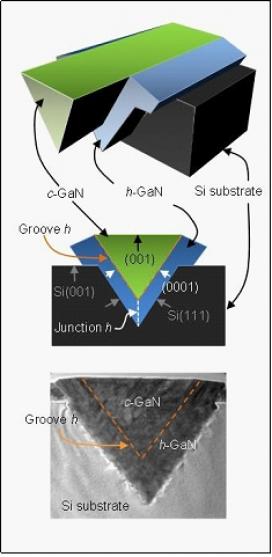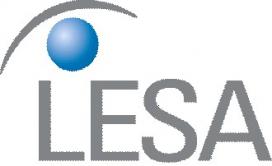Lighting Enabled Systems Researchers Awarded Patent with Broad Applications for Everyday Life
A research team at the Center for Lighting Enabled Systems & Applications (LESA), an NSF-funded Engineering Research Center (ERC) headquartered at Rensselaer Polytechnic Institute (RPI), was awarded a U.S. patent with wide applications for “Growth of Cubic Crystalline Phase Structure on Silicon Substrates and Devices Comprising the Cubic Crystalline Phase.”
Thepatent results from research into developing a manufacturing process for Light-Emitting Diodes (LED) that will allow lights to shine brighter, and in more colors. The applications include lighting in homes; creating brighter, more colorful and efficient displays and high-efficiency power electronics for electric vehicles; and renewable energy system performance.
LESA researchers used cubic gallium nitride (GaN) devices to address two long-standing issues that limit LED advances: poor performance at longer emission wavelengths, known as the ‘green gap problem’; and poor performance at higher operating current, known as the ‘efficiency droop.’ GaN devices have excellent performance in the blue regions of the spectrum, but the technology’s limitations impact the capability for future high-efficiency, color-tunable lighting systems and advanced display technologies.
The LESA team used the ‘non-polar facet’ of GaN in a material system to demonstrate emissions across the visible spectrum, offering significant opportunities for higher efficiency, full-spectrum lighting and displays.
Past attempts to grow cubic GaN crystal structures produced poor quality, heavily defected, mixed-phase materials. The patented growth process developed at RPI and member institution the University of New Mexico (UNM) uses inexpensive silicon (Si) wafers available in larger sizes that have lower defect densities than sapphire. The silicon surface is first patterned with an array of nanoscale grooves that lead to a unique, geometrically-driven phase segregation that promotes the growth of the cubic phase of GaN. Additional quantum-well layers are then added to create the light-emitting material used to fabricate cubic LEDs.



